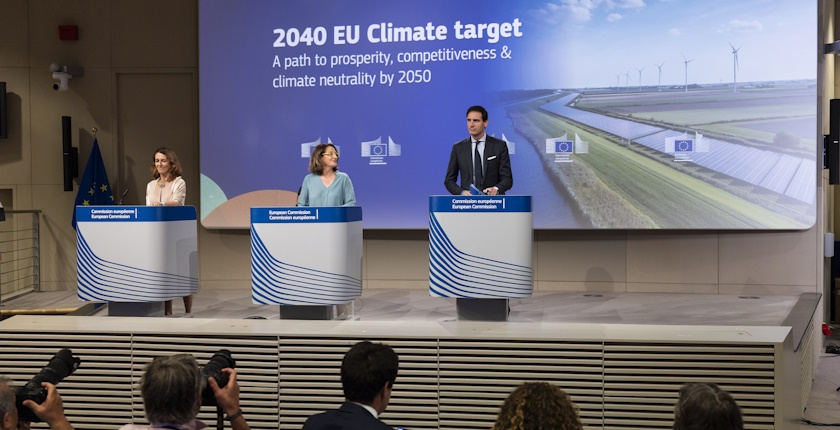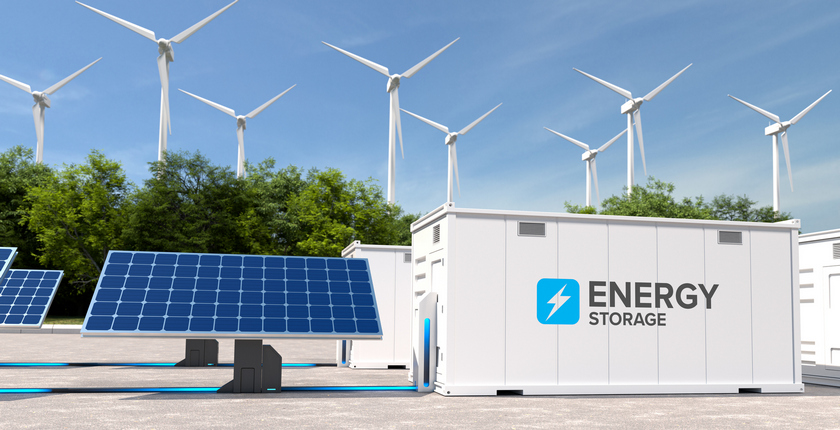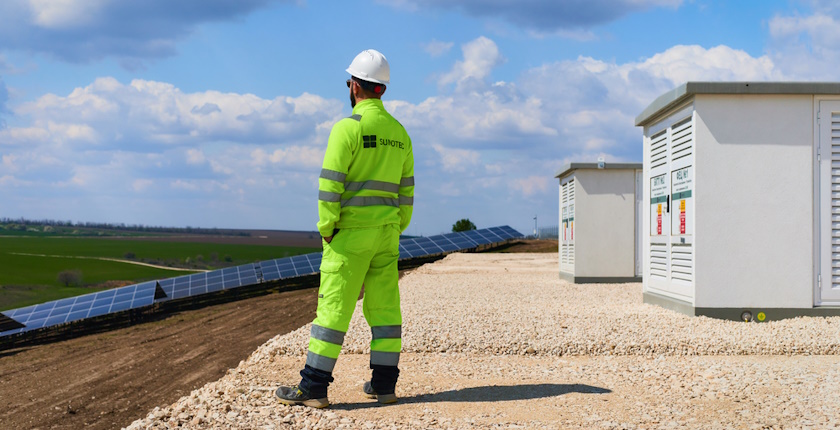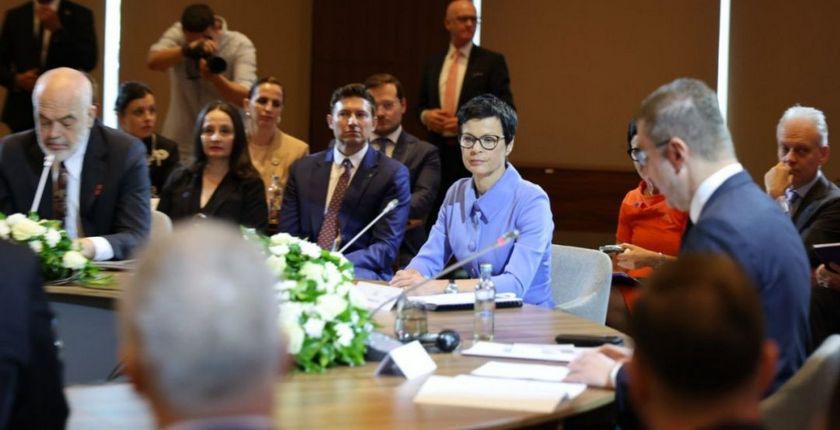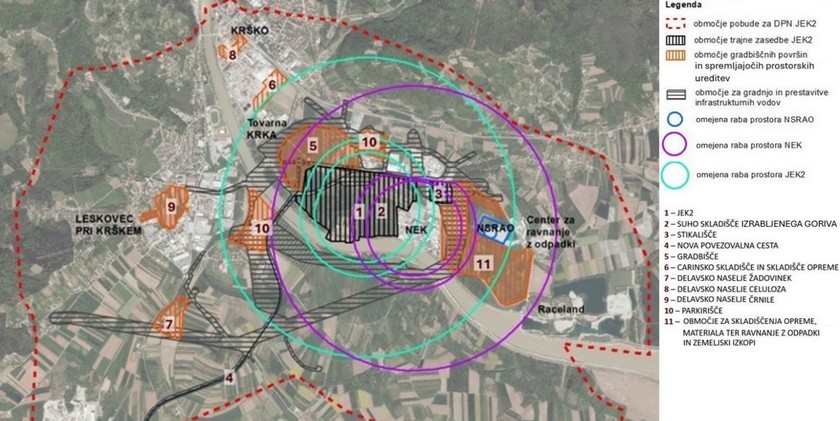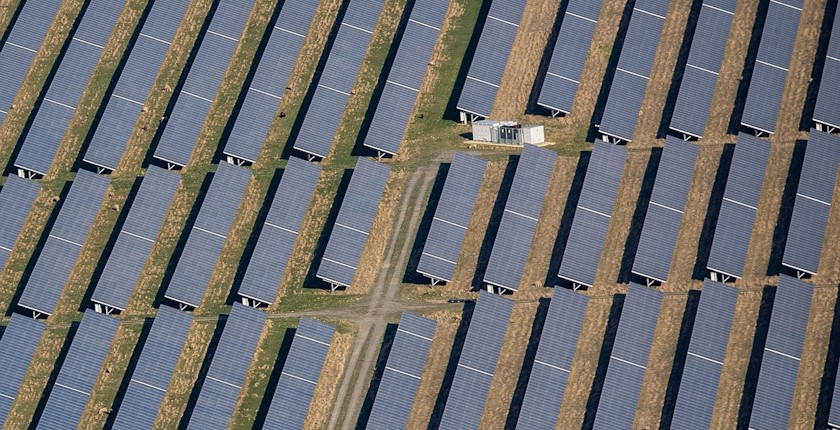
HELLENiQ Energy buys ABO Energy Hellas, adding 1.5 GW in renewables projects
With the acquisition of ABO Energy Hellas, HELLENiQ Energy strengthened its project pipeline for renewables and energy storage by a third, to 6 GW.
Amid a consolidation in the renewables sector in Greece, HELLENiQ Energy Holdings said it completed, through its HELLENiQ Renewables subsidiary, the acquisition of ABO Energy Hellas. The transaction includes six affiliated entities with a portfolio of 22 renewable energy project clusters.
Total capacity under development in Greece amounts to 1.5 GW. ABO Energy Hellas, part of Germany-based ABO Energy, also brings its renewable energy project development and construction platform, according to the update. HELLENiQ Energy pointed out that the portfolio comprises all renewables technologies.
It includes 340 MW of photovoltaic projects under development, classified under priority category B, and 550 MW in projects for battery energy storage systems (BESS) eligible for participation in the process of obtaining priority connection terms.
At the end of March, HELLENiQ Energy operated renewable electricity plants of an overall 494 MW
With ABO Energy Hellas, the company expanded its renewables pipeline to more than 6 GW. It accelerates the strategic objective to achieve at least 2 GW of installed renewable energy capacity by 2030, it said.
Purchase price to grow if projects reach milestones
The two sides didn’t disclose the purchase price. If projects from the 1.5 gigawatt pipeline achieve certain milestones, additional consideration will become due, ABO Energy revealed. “The sale of the Greek subsidiary improves our chances of success, reduces complexity of the ABO Energy group, and helps to further focus our business,” said Managing Director Karsten Schlageter.
Between 2019 and 2023, ABO Energy developed and sold five solar parks in Greece with a total capacity of more than 100 MW. The largest one is Margariti in Epirus, of 50 MW. The company connected four of them to the grid on a turnkey basis.
ABO Energy stressed it would remain active in Greece as a service provider and continue to provide commercial and technical management for the solar parks already built.
HELLENiQ Energy had almost 500 MW in operation at end of March alongside just as much in mature projects
HELLENiQ Energy, formerly Hellenic Petroleum, produces fossil fuels and petrochemicals and operates service stations. The company is rapidly expanding in the green energy segment as well. Notably, it won state support for its projects at Greece’s BESS auctions.
At the end of March, HELLENiQ Energy operated renewable electricity plants of 494 MW altogether. Photovoltaics made up 59%, while the rest was in wind turbines. At the time, the company had half a gigawatt under construction or in the ready-to-build stage.
It is about to complete the purchase of the remaining 50% of Elpedison, its joint venture in Greece with Italy-based Edison. They operate two gas-fired combined cycle power plants.

